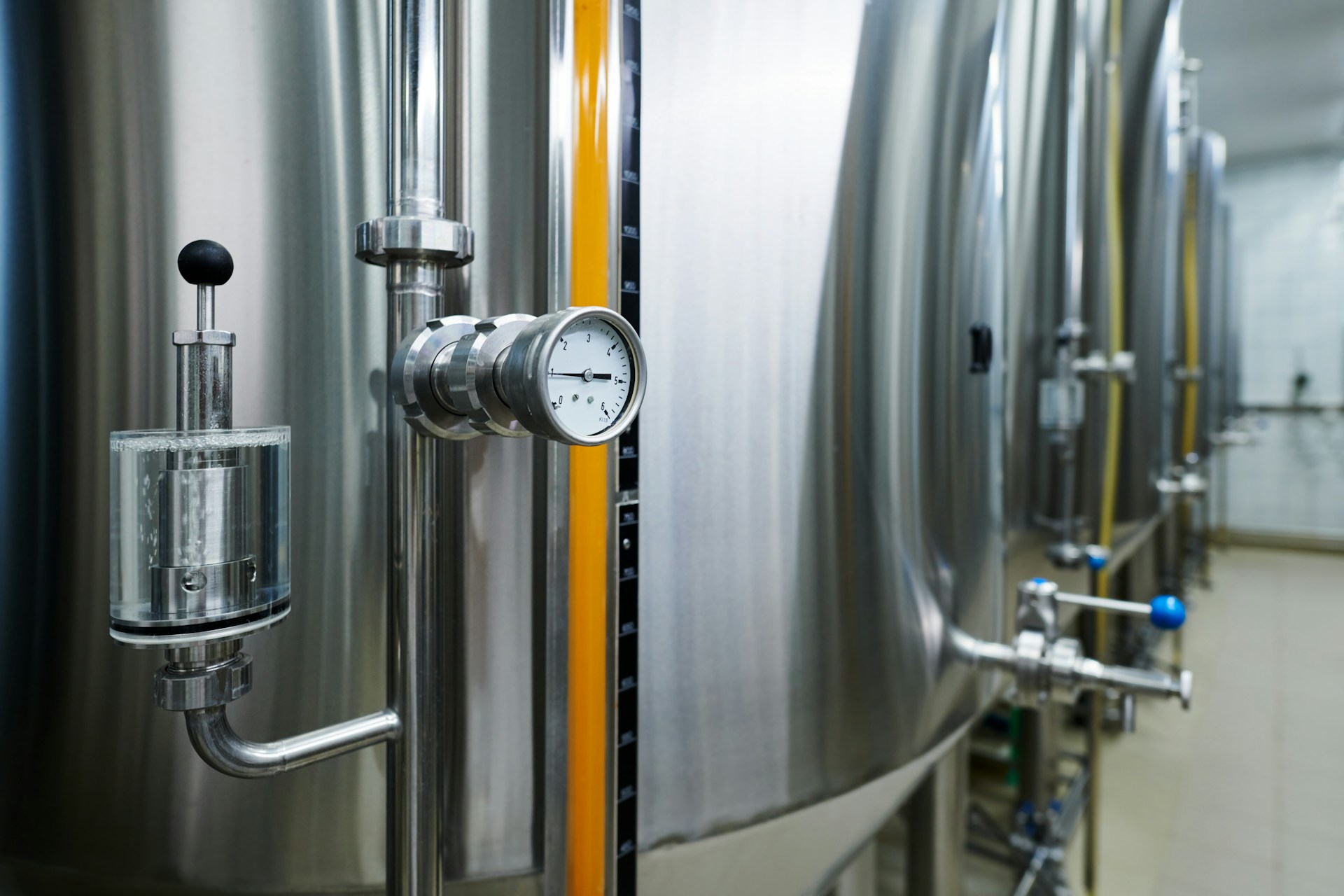
Keeping tanks in top condition requires more than just routine checks. In areas with heavy rainfall, waterproofing becomes even more crucial. Constant exposure to rain can put tanks at risk of leaks and corrosion, therefore, ensuring effective waterproofing measures become a priority. Picture a sturdy umbrella keeping you dry during a storm—waterproofing does the same for your tank, defending it against unwanted water intrusions and extending its usefulness.
Proper waterproofing safeguards not only your tanks but also the contents within them. This protective layer acts as a barrier between the constant rainfall and your tank’s structure, preventing potential damage. Further, by minimizing leakage risks and fighting corrosion, waterproofing solutions help keep maintenance costs manageable over time.
Understanding the Challenges in High-Rainfall Areas
Tanks in high-rainfall areas face specific challenges that often lead to costly repairs if not addressed timely. Prolonged exposure to moisture can easily lead to leakage, which not only impacts the structural integrity of the tank but could also result in contamination if not dealt with early. Corrosion becomes a prevalent issue that, once started, can spread quickly, weakening the metal parts of the tank and causing them to fail.
With constant rain, your tank becomes susceptible to the following issues:
– Leakage: Persistent water exposure might lead to unnoticed leaks, compromising tank contents over time.
– Corrosion: Moisture-rich environments speed up corrosion, weakening tank surfaces and joint areas.
– Foundation Instability: Excess water can saturate the ground beneath, potentially causing the tank to shift or settle unevenly.
Understanding these challenges is the first step toward finding effective solutions. By knowing what to look for, you can tackle potential problems before they grow into significant issues. It’s like noticing the early signs of rust on a bike—it’s easier to fix with a bit of oil before it gets too serious.
Effective Waterproofing Techniques
When it comes to waterproofing tanks, selecting the right technique is key to preventing water damage and maintaining the tank’s longevity. Here are some popular methods:
– Membrane Linings: These are protective layers applied inside tanks to prevent water from seeping through. They are durable and can adapt to different tank shapes and sizes, making them a versatile option.
– Epoxy Coatings: Known for their ability to adhere strongly to surfaces, epoxy coatings create a hard, protective finish on tanks. They resist chemical reactions and can withstand harsh weather, making them ideal for high rainfall.
– Sealants: These work as a barrier that blocks moisture from entering or exiting the tank. They are easy to apply and, with regular maintenance, can effectively keep tanks moisture-free.
Understanding the suitability of each technique ensures that your tank is protected efficiently, based on its type and exposure level. For instance, if your tank holds chemicals, epoxy coatings might be your best bet due to their chemical-resistant nature.
Choosing the Right Waterproofing Solution
Before beginning waterproofing, assessing your tank’s current condition is crucial. Look for existing damage or areas that may need repair before applying any solution. Think of it like repainting a wall—you want a smooth surface before putting on a fresh coat of paint.
– Tank Material: Some materials are more prone to corrosion. Knowing what your tank is made of will guide you in selecting the best waterproofing product.
– Age of the Tank: Older tanks may show signs of wear and tear, such as rust or small leaks. Address these issues first to enhance the effectiveness of your chosen waterproofing solution.
– Environmental Factors: Factors like climate and surrounding terrain can influence your choice. For example, continuous exposure to acidic rain or salty air might require a more robust waterproofing strategy.
Maintenance Tips for Waterproofed Tanks
Regular maintenance is the backbone of effective waterproofing. Having your tank checked and any issues addressed quickly can extend its life and keep problems at bay.
– Routine Inspections: Schedule regular checks to catch leaks or wear early before they escalate into major problems.
– Fix Small Repairs Promptly: Address minor damages immediately to save on extensive repairs down the line.
– Keep Records: Maintaining a log of inspections and repairs helps in tracking the tank’s condition over time and planning future maintenance steps.
By following these maintenance tips, you can ensure your tank remains in top condition, efficiently protected against the challenges of high-rainfall areas.
Keep Your Tanks Protected Year-Round
Securing your tanks with the right waterproofing solutions and maintenance routine doesn’t just protect your investment—it ensures the safety and containment of what lies within. Addressing potential threats proactively means you won’t encounter unexpected repairs that could disrupt operations.
Whether you’re safeguarding a new installation or rejuvenating an old staple, effective waterproofing is an investment that pays for itself with peace of mind and reliable performance year-round. Stay ahead of moisture-related challenges, and keep your tanks in optimal condition no matter the weather.
Waterproofing your tanks is a smart move, especially in areas with heavy rainfall. It protects your investment and keeps what’s inside secure from the elements. Whether you’re upgrading existing infrastructure or starting from scratch, making sure your tanks are well-protected is key to preventing future issues. Explore how ATM Tanks can help with effective tank waterproofing strategies to keep everything running smoothly all year round.
- How to Spot and Fix Minor Tank Repairs Early - October 19, 2025
- Handling Emergency Tank Cleanups Safely and Efficiently - October 19, 2025
- Choosing the Right Tank Lining Material for Your Needs - October 19, 2025






